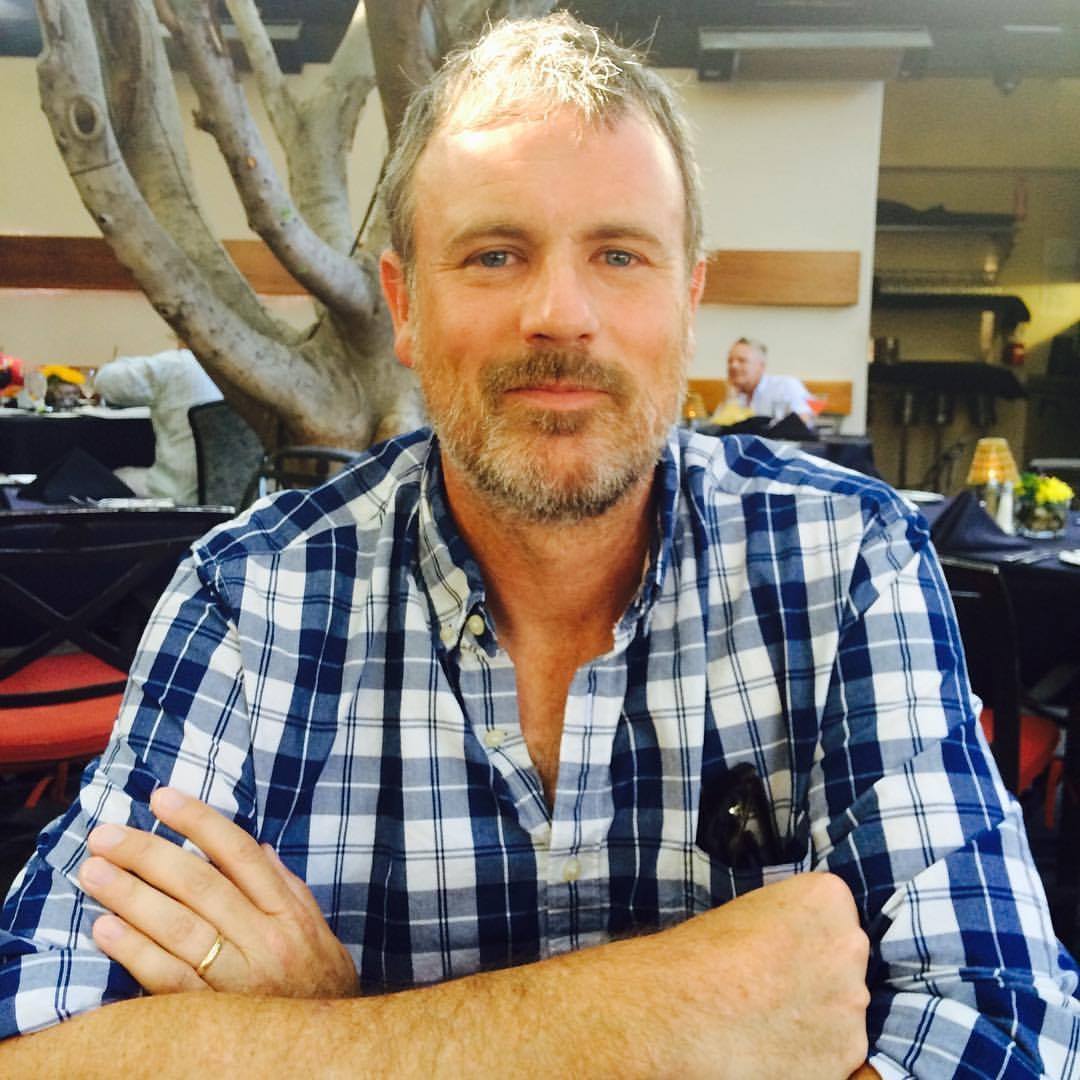In a front-page story on Feb. 25, the San Diego Union-Tribune reported that Southern California Edison (SCE) has decided to speed plans to decommission the mammoth Unit 1 reactor at the San Onofre Nuclear Generating Station, which hasn't operated since 1992. That news was less stunning, however, than a bizarre tidbit buried several paragraphs into the story.
“Decommissioning will involve the removal of radioactive debris, metal, parts and equipment for storage at a low-level nuclear-waste repository, such as those at Barnwell, South Carolina, and Clyde, Utah,” the Union-Tribune reported. “Such a waste repository has been proposed for Ward Valley in the California desert, but the federal government has declined to transfer land required for the site to the state of California amid concerns for the site's safety.”
That's another way of saying that waste from nuclear reactors would be heading to Ward Valley-if the dumpsite was still a going concern. That directly contradicts former Governor Pete Wilson's claim that the dumpsite was going to be used only for radioactive waste from medical sources. Without Ward Valley, Wilson once claimed, medical waste in California would reach such dangerous aboveground levels that it would even jeopardize cancer research.
As the Weekly first reported two years ago, the medical-waste myth got its biggest boost by the creation of a Ward Valley support group called the National Association of Cancer Patients (NACP), which ran advertisements in newspapers across California urging readers to support the dumpsite on behalf of all cancer victims. As it turned out, NACP had almost no members and was in fact formed by former employees of US Ecology, the private company that would have operated the Ward Valley dumpsite.
Fortunately, Native American and environmental groups remained steadfast in their opposition to dumping radioactive waste-medical or nuclear-at Ward Valley. Worried about the location's proximity to the Colorado River aqueduct, which lay 19 miles downhill through cracked bedrock, hundreds of activists waged a sit-in at Ward Valley that lasted just less than a year. Their refusal to evacuate the site prompted a tense standoff with the federal government that ultimately helped kill Wilson's project in March 1998.
“Right now, Ward Valley isn't operational,” San Onofre plant spokesman Ray Golden said. “If it were to become operational,” Golden said, San Onofre would have to dump its waste there because of the plant's membership in the Southwest Regional Compact Commission, the official grouping of radioactive-waste producers in the southwestern United States.
As the Union-Tribune reported, both SCE and San Diego Gas N Electric-which jointly own the San Onofre plant-have decided to rush forward with plans to decommission aging nuclear reactors, including San Onofre's Unit 1. One reason, Golden claimed, is that ripping apart the reactor now instead of waiting until 2013-when SCE's license to operate the remaining two reactors expires-will allow technicians familiar with Unit 1 to be on-hand for the task.
Another important reason, he said, is economic: the longer SCE waits to decommission Unit 1, the more expensive it will be to bury the radioactive reactor. Lawyers for Pacific Gas N Electric (PG&E) put it another way in a November 1998 brief filed with California's Public Utilities Commission. In it, the company revealed that “PG&E and SCE are currently contemplating early decommissioning of the Humboldt and [San Onofre Unit] 1 nuclear reactors in part to avoid the high costs of Ward Valley.”
“There is no longer a shortage of waste-disposal capacity,” PG&E officials claimed. In other words, Wilson may simply have been bullshitting the public about California's supposed medical-waste disposal crisis, and, by proxy, the need for the Ward Valley Dump. “Quite the opposite,” the company maintained. “PG&E forecasts that the Ward Valley facility, if built, will operate at less than half-capacity due to the decrease in low-level wastes generated in the Southwest Compact. PG&E's estimates indicate that the entire amount of low-level wastes that will be disposed of at Ward Valley during its first 20 years of operation will be less than 12 percent of the disposal capacity currently available at the existing Barnwell facility in South Carolina.”
So by PG&E's own estimates, Wilson's dire-and in retrospect, suitably sneaky-statements that, among other things, cancer research would be held up because of environmentalists opposed to the Ward Valley dumpsite were at best pure nonsense and at worst sheer lies.

Award-winning investigative journalist Nick Schou is Editor of OC Weekly. He is the author of Kill the Messenger: How the CIA’s Crack Cocaine Controversy Destroyed Journalist Gary Webb (Nation Books 2006), which provided the basis for the 2014 Focus Features release starring Jeremy Renner and the L.A. Times-bestseller Orange Sunshine: The Brotherhood of Eternal Love’s Quest to bring Peace, Love and Acid to the World, (Thomas Dunne 2009). He is also the author of The Weed Runners (2013) and Spooked: How the CIA Manipulates the Media and Hoodwinks Hollywood (2016).

